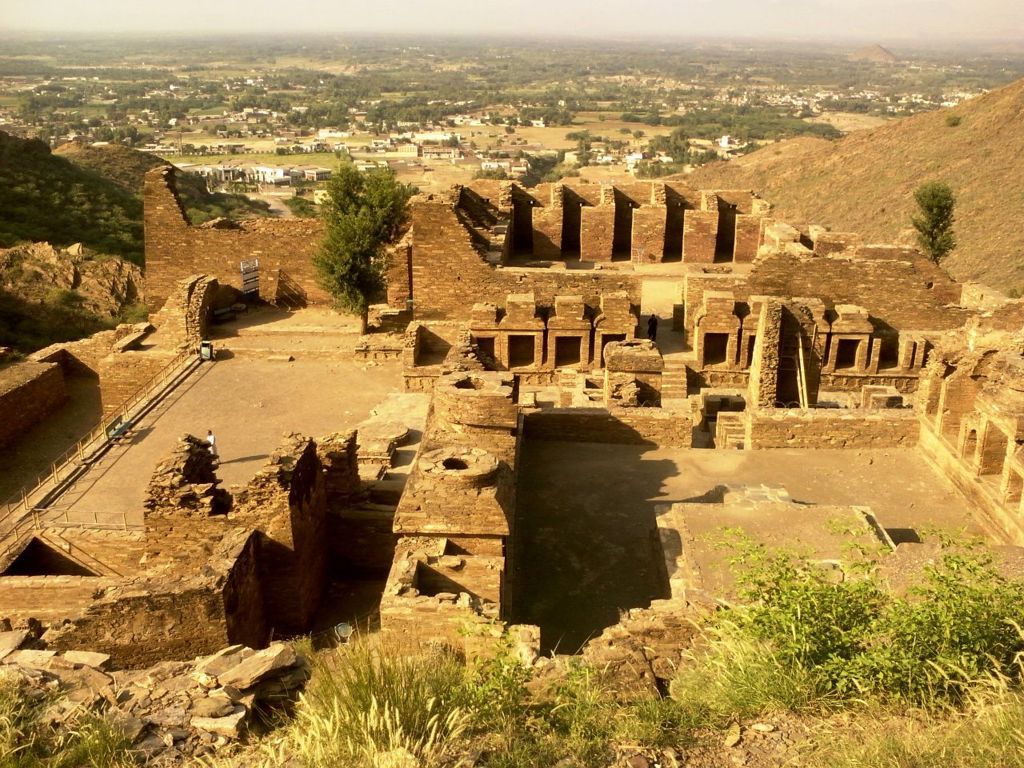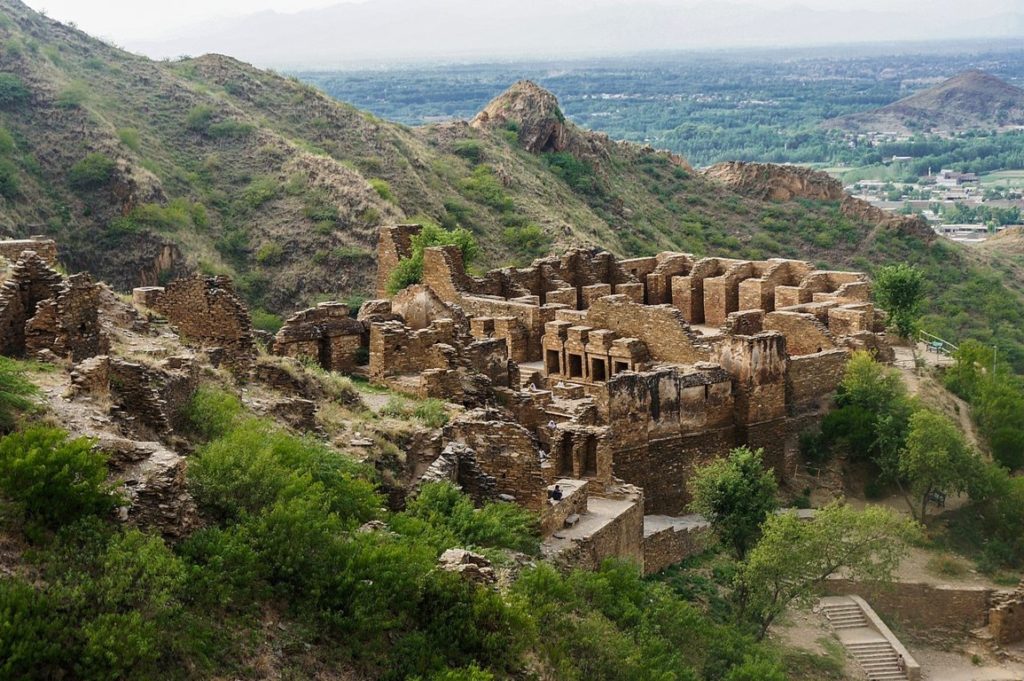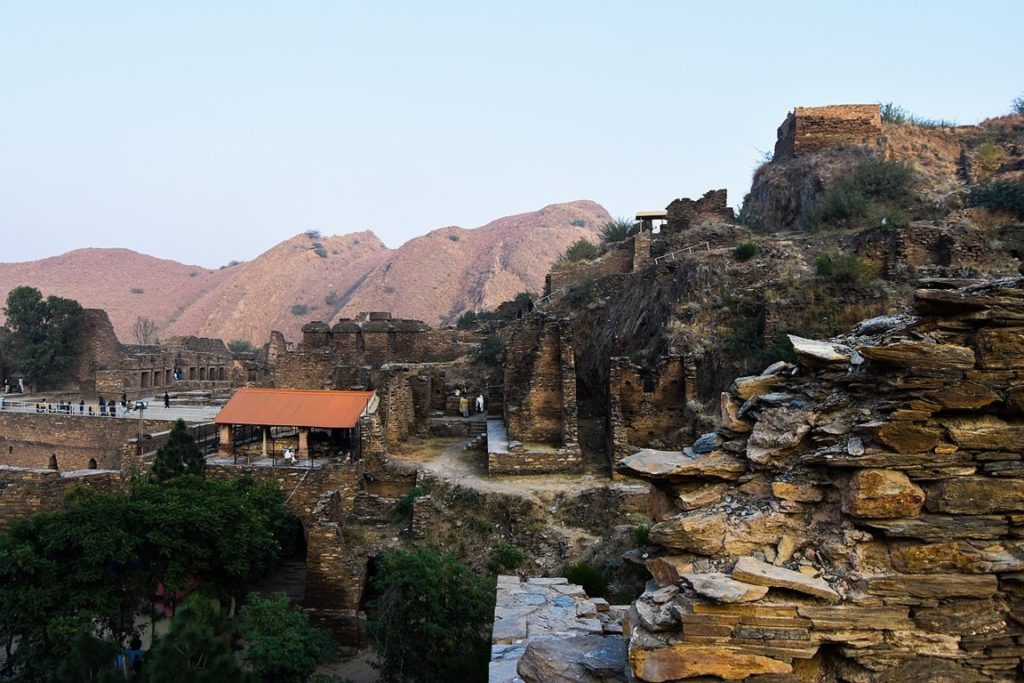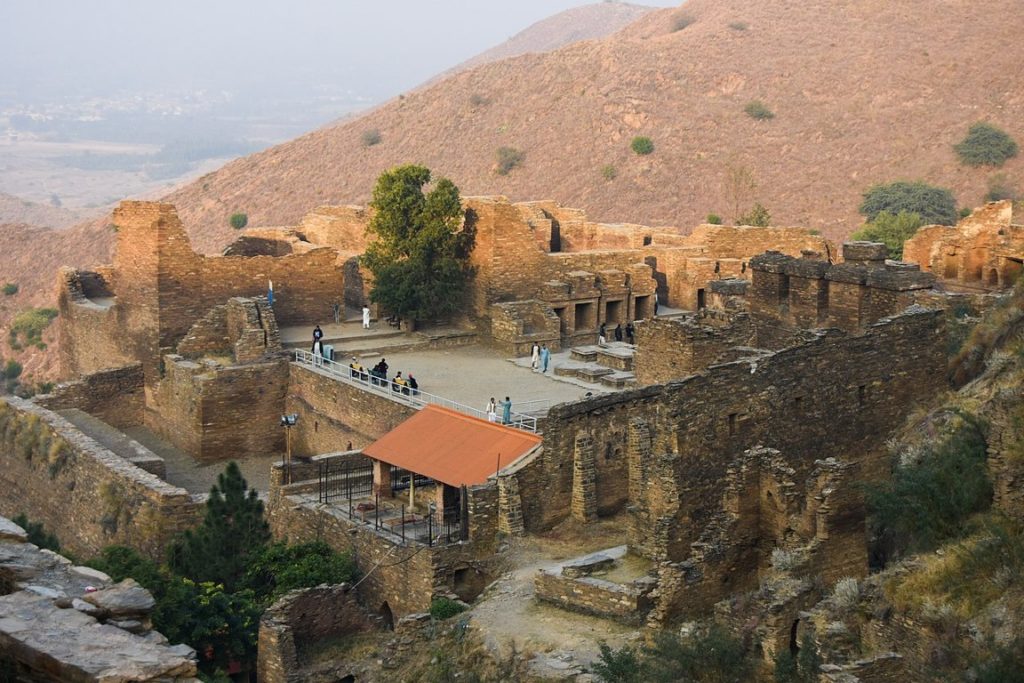
Takht-i-Bahi | 2100 year old Buddhist monastery in Pakistan
Takht-i- Bahi is the jewel of Pakistan’s cultural heritage. It is the largest Buddhist remains in the ancient Gandhara Civilization. Due to its historical significance; it’s one of the major tourist attractions in Pakistan. Some historian says that it is the world’s oldest monastic university and considered the most highly organized Buddhist monasteries in Gandhara district. The site attracts everyone such as tourists, historians, archaeologists, and Buddhists from all over the world.
Takht-i-Bahi means “Throne of spring” in Persian, many local says it’s named after the two wells found on the hill near the complex. The site was declared a UNESCO world heritage site in 1980. This great Buddhist monastery is well-preserved. It provides important information and evidence about ancient Buddhism. It is said that only 30% has been excavated and the remaining 70% remains to be done. It remained in its original state for more than 800 years.

Book 5 Stars Tours to Pakistan and witness the Nature
The place is a masterpiece of architecture that is equipped with all kinds of facilities. This huge complex has multiple sections include several rooms, conference halls, university areas, meditation cells, residential areas, open courtyards, meeting halls, statues, and buildings adorned with sculptors. There are many meditation cells under the ground here that are closed for the public.
Its beautiful construction and quiet location make it stand out from the rest. The mountains and greenery on all sides provide fabulous views. It lies about 500 feet atop of a small hill. The area around Takht-i-Bahi is very lush and fertile. A variety of crops are grown here, including wheat, maize, vegetable, and sugarcane.
Pakistan is full of such assets that play a very important role in the tourism of any country. People love to visit these places so that they can see the life of the people thousands of years ago, their customs, education, and economics, etc. There is a lot to learn from everything.

Location of Takht-i-Bahi
Takht-e-Bahi ruins are located about 15 kilometres (9.3 mi) from Mardan and 80 km from Peshawar in Khyber Pakhtunkhwa Province. Mardan is a very beautiful, green and developed city that will impress you. It is called the Land of Ghandhara. Some call this place the Heart of Buddhism. You must visit Mardan Museum; there are many rare artefacts of Gandhara civilization in large numbers.
Adjacent is the ruins of Sahr-i-Bahlol, a fortified city dating from the same period. The residents used to take food and other offerings for the monks of Takht-i-Bahi.
History of Takht-i-Bahi
Takht-i-Bahi monastery was built during the first century BC. It was discovered by a French army officer in 1836. The excavation starts in 1864 and continued until 1911. The artefacts that have emerged are housed in the Peshawar Museum. Peshawar museum contains the largest collection of artefacts of the ancient Buddhist civilizations.
Firstly it was built as a small monastery. During the reign of various rulers for 800 years, it became a major geological complex. These ruins take us back to a time when monks used to gather there to offer their religious services in a peaceful environment.
Archaeologists have divided the history of the Takht-i-Bahi into four periods.
- The first period extends from the first century to the second century AD. The earlier phase of the first period belongs to the Parthian ruler and then the second phase includes the Kushan King.
- The second period continued from the third century to the fourth century AD. This period included the creation of many Stupa, assembly hall, and refectories.
- The third period, accrued during the 4th and 5th centuries, linked with the later Kushan dynasty and the Kidara Kushana rulers.
- The last fourth period, between the 6th & the 7th Century AD. The era was ruled by the Huns and covers the post-Hun period.
You may be interested to read about Katas Raj Temples (2nd Holiest place for Hindus).
